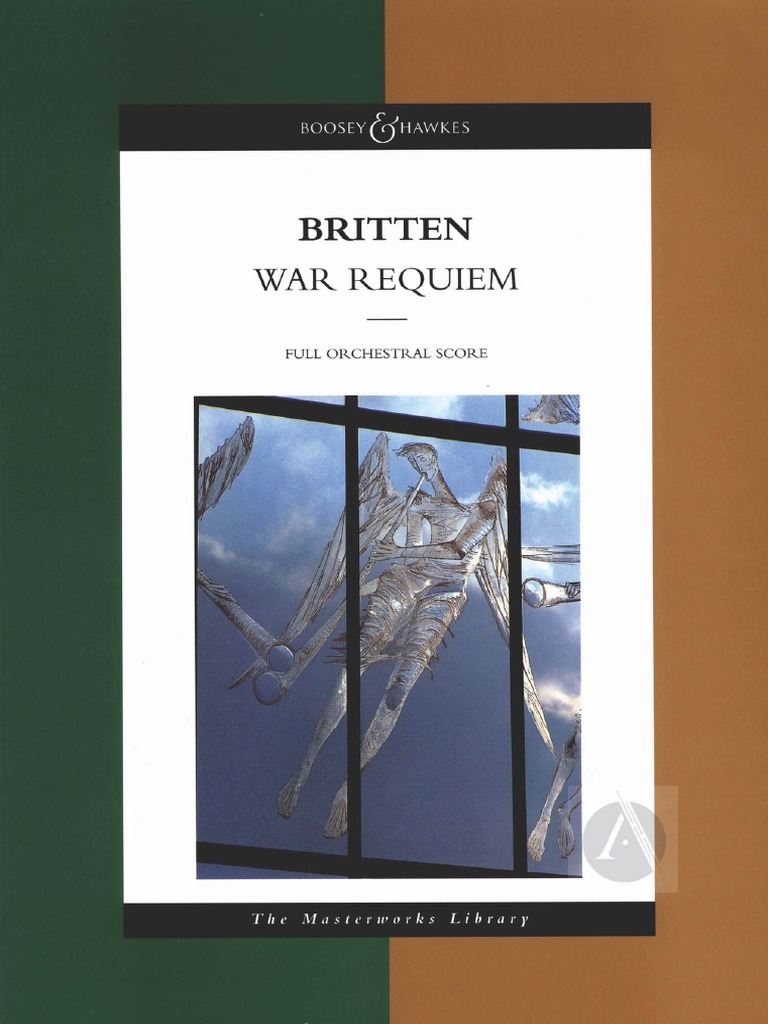Download Software Britten Les Illuminations Score Pdf
1213seasoncalendarchronological.pdf - BRITTEN “Four Sea Interludes” from Peter Grimes, Op. 33a MOZART Symphony No. 41 in C Major, K. 551 (“Jupiter”). (Transcription from Violin Concerto) Download our simple symphony britten sheet music eBooks for free and learn more about simple symphony britten sheet music.

Les illuminations & other works. At the head of the score, Britten. Antique is one of the miracles of Les illuminations where Britten creates his sensuous.
- Benjamin BRITTEN (1913-1976). Her French entirely convincing in Les Illuminations. Britten discography & review index Disc contents.
- Britten Turn Of The Screw Vocal Score Pdf - Download Free Apps. Sheet music (PDF) Britten, Benjamin. Peter Grimes Vocal Score. Les Illuminations.
These books contain exercises and tutorials to improve your practical skills, at all levels!

When Britten was preoccupied with plans for his opera Peter Grimes in the summer of 1942, he met the horn player Dennis Brain and immediately contemplated producing a horn concerto for the brilliant 21-year-old. At the suggestion of his publisher Erwin Stein, Britten elected to write an orchestral song cycle that would include a solo horn as a prominent obbligato instrument. The vocal soloist was to be Pears, who was due to take the title role in Peter Grimes; Britten’s new song cycle thus conveniently combined his desire to gain practical experience in vocal composition with the projected horn concerto. Britten’s letters from the period show that the cycle was provisionally entitled ‘Nocturne’ or ‘Nocturnes’ since all the poems dealt with the subject of dusk and evening. Retitled Serenade for tenor, horn and strings and completed in the month before Britten wrote his Prelude and Fugue for Neel, the work was first performed at the Wigmore Hall on 15 October 1943 with an ad hoc string orchestra conducted by Walter Goehr. An instant success, it firmly secured the international reputations of both Britten and Pears.
After Brain’s tragically premature death in a car accident in 1957, Britten paid tribute to his contribution as the first interpreter of the horn part, and praised his intense respect for the composer’s wishes no matter how technically difficult the challenge he had been set. Britten took considerable care over his selection of the poetic texts for the Serenade, and was assisted in this task by the critic and novelist Edward Sackville-West, to whom he dedicated the score (and with whom he was to collaborate on the BBC radio drama The Rescue later this same year). The work marks Britten’s renewed commitment to setting his native language after the recent excursions into French and Italian in the song cycles Les Illuminations, Op 18 (1939) and Seven Sonnets of Michelangelo (1940) respectively. ( Les Illuminations was also conceived for string orchestra, and its premiere had been conducted by Neel while Britten was still in the United States.) The Serenade was also the first work in which Britten explored the musical and rhythmic possibilities of English diction in a manner directly inspired by the example of Henry Purcell, whose influence is to be felt in the arioso style of the closing Keats setting, and perhaps also in the inclusion of a ground bass in the central ‘Dirge’. Although in its definitive form the Serenade consists of six movements framed by a prologue and epilogue for solo horn, the manuscript of a seventh movement originally intended for the cycle was discovered in 1987. This is a setting of ‘Now sleeps the crimson petal’ by Tennyson, and the autograph had lain long-forgotten amongst Stein’s papers until it was unearthed by his daughter, Marion Thorpe.
Britten Les Illuminations Text

Britten Les Illuminations
It is not clear why Britten decided to reject this splendid song from the cycle, although since the work already includes another text by Tennyson (the ‘Nocturne’) he may have felt its retention would upset the balance of the cycle as a whole. Intriguingly, the rejected Tennyson setting is uncannily close in style to material in his later song cycle Nocturne (1958), which picked up the rejected working title for the Serenade and in many ways constituted a sequel to the earlier work.
From notes by Mervyn Cooke © 2016.